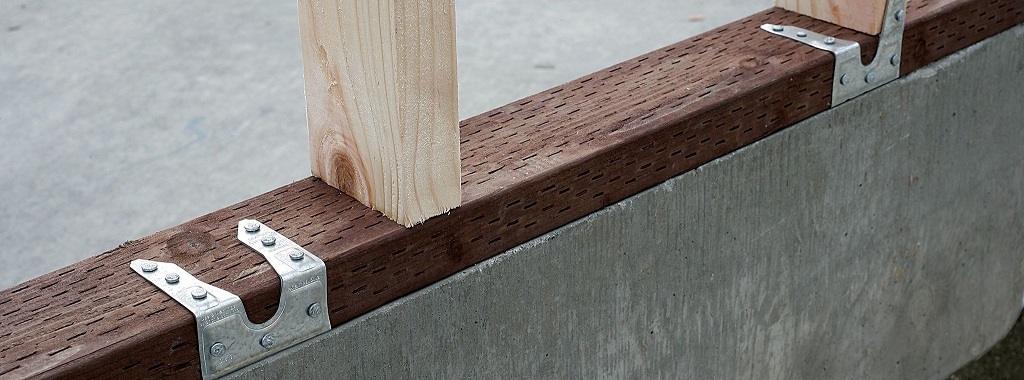Mudsills commonly attach to the foundation using cast-in-place anchor bolts. It can be labor intensive to lay out the anchor bolts, drill holes in the mudsill at the right location, and then bolt everything together. A very popular solution for anchoring mudsills is our MASA mudsill, launched in 2009.


The MASA attaches to the forms prior to concrete placement and then bends over the sill plate and fastens with nails at time of framing. It’s code listed in ESR-2555, and I even wrote a blog post about Anchor Testing for Light-Frame Construction.
But what were Simpson Strong-Tie’s first mudsill anchors? They were the MA4 and MA6 mudsill anchors.


The LMAZ mudsill anchors are remarkably similar to the original MA. The LMA (“L” is for “Light”) is 18 gauge versus 16 gauge for the MA, and we reduced the number of nail holes because I think we can all agree that 26 nails holes in the original MA was too many.
The next mudsill anchor, the MAS, launched in 1982. M stands for Mudsill and A stands for Anchor, of course. I can’t verify it, but I believe the S stood for Scoop due to the embedded end of the MAS having a scoop to secure it to the concrete for higher uplift loads.
While the MAS and MASA are identical functionally, the MASA was a significant redesign to address a few product requirements. To simplify specification, we wanted a mudsill anchor to match the parallel-to-plate (F1) allowable load for a 5/8″ anchor bolt. Additionally, the MASA was designed to work on both 2x and 3x sill plates, and later we even tested on double 2x plates. Finally, the 2006 International Building Code (IBC) adopted ACI 318-05, which required cracked concrete design for anchorage.

AC398 — Cast-in-place Cold-formed Steel Connectors in Concrete for Light-frame Construction requires that we either test in cracked concrete or apply a cracked-concrete reduction factor (blog post on testing). In the uplift test shown, we apply a horizontal tension force to the concrete beam to create a crack. The crack inducer forces the crack to form thru the MASA. Once the crack opens up to a specified width, we apply an uplift load to the MASA.


